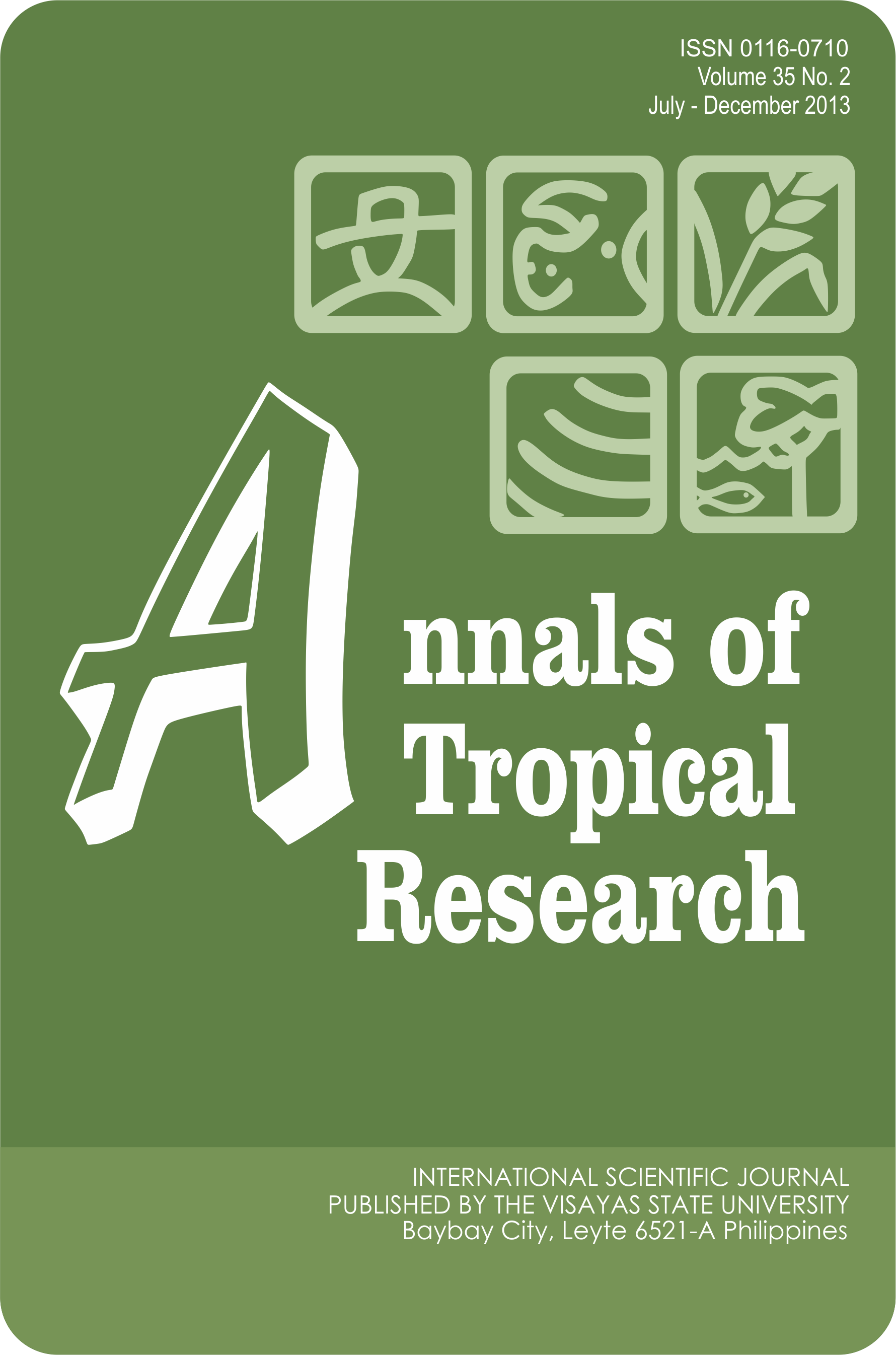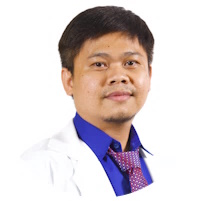Comparative Carbon Storage of Lanzones (Lansium domesticum)-fruit tree and Falcata (Paraserianthes falcataria)-forest tree based Agroforestry Systems
DOI:
https://doi.org/10.32945/atr3526.2013Keywords:
carbon stocks, agroforestry systems, carbon density, biomass, soil organic carbon, floor litterAbstract
Two agroforestry systems, a fruit tree-based with lanzones (Lansium domesticum) as dominant fruit tree and a forest tree-based with falcata (Paraserianthes falcataria) as dominant wood tree, were studied to compare their total carbon stocks in the above ground biomass (upperstorey and understorey), floor litters and soil and to determine any differences of soil organic carbon (SOC) in three soil depths: 0-30, 31-60 and 61-100 cm. Each site representing one agroforestry systems was grouped according to vegetation stand. For each vegetation stand, representative samples were taken from upper storey and under storey above ground biomass, floor litters and soil. Samples were analyzed for carbon content at International Rice Research Institute’s (IRRI)Analytical Service Laboratories (ASL), Los Baños, Laguna using Dumas Combustion Method.
The SOC in the soil depths (0-30, 31-60 and 61-100 cm) did not vary significantly in the two agroforestry systems. The above ground upperstorey biomass had the most carbon followed by the carbon stored in the soil, then, above ground understorey biomass and lastly, floor litters. The above ground upperstorey biomass of the fruit tree-based agroforestry system had slightly higher carbon stock at 38.92 tC ha-1 compared with the forest tree-based agroforestry system at 34.66 tC ha-1 due to the lanzones fruit trees. The 4 – year old falcata-based agroforestry systems had higher annual C sequestration of 14 tC ha-1 yr-1 while the lanzones-based agroforestry system had 1.8 tC ha-1 yr-1. Nevertheless, whatever is the main tree component, agroforestry performs ecological services as in carbon sequestration and at the same time provides financial benefits.
Downloads
Submitted
Published
How to Cite
Issue
Section
License

This work is licensed under a Creative Commons Attribution-NonCommercial-ShareAlike 4.0 International License.











